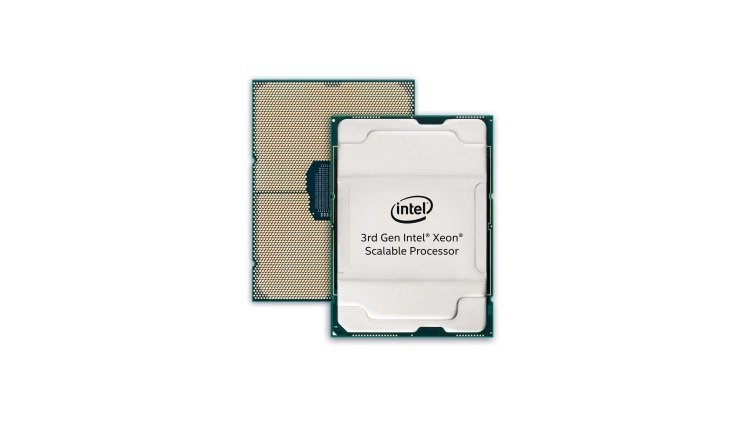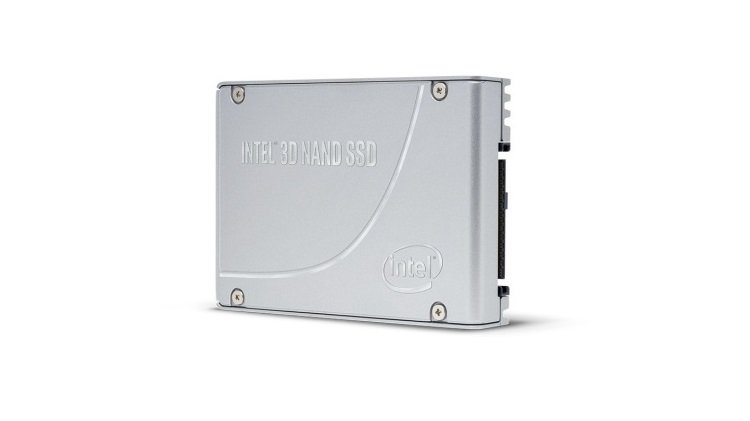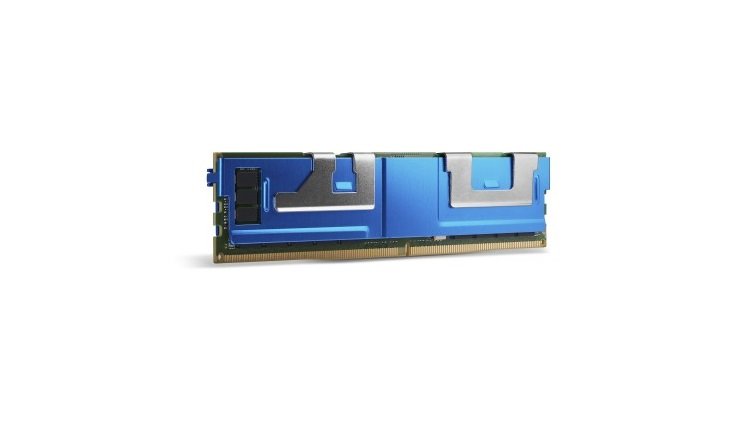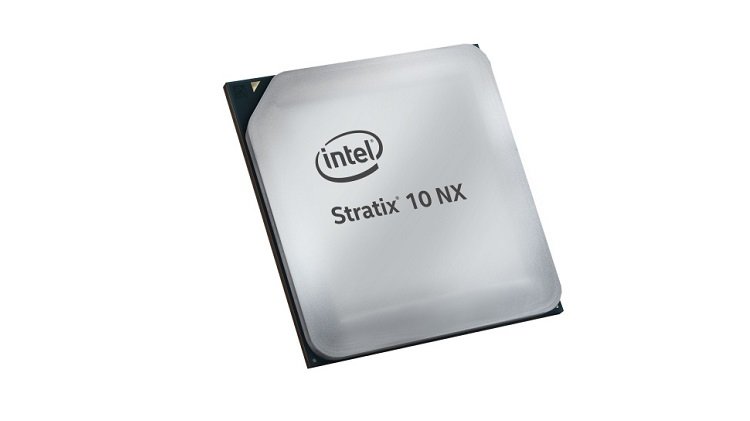Intel introduced its 3rd Gen Intel Xeon Scalable processors and new additions to its hardware and software AI portfolio, enabling customers to accelerate the development and use of artificial intelligence (AI) and analytics workloads running in data center, network and intelligent-edge environments.
 As the industry’s first mainstream server processor with built-in bfloat16 support, Intel’s new 3rd Gen Xeon Scalable processors makes AI inference and training more widely deployable on general-purpose CPUs for applications that include image classification, recommendation engines, speech recognition and language modeling.
As the industry’s first mainstream server processor with built-in bfloat16 support, Intel’s new 3rd Gen Xeon Scalable processors makes AI inference and training more widely deployable on general-purpose CPUs for applications that include image classification, recommendation engines, speech recognition and language modeling.
Bfloat16 is a compact numeric format that uses half the bits as today’s FP32 format but achieves comparable model accuracy with minimal if any, software changes required. The addition of bfloat16 support accelerates both AI training and inference performance in the CPU. “The ability to rapidly deploy AI and data analytics is essential for today’s businesses. We remain committed to enhancing built-in AI acceleration and software optimizations within the processor that powers the world’s data center and edge solutions, as well as delivering an unmatched silicon foundation to unleash insight from data.” Lisa Spelman, Intel corporate vice president and general manager, Xeon and Memory Group
“The ability to rapidly deploy AI and data analytics is essential for today’s businesses. We remain committed to enhancing built-in AI acceleration and software optimizations within the processor that powers the world’s data center and edge solutions, as well as delivering an unmatched silicon foundation to unleash insight from data.” Lisa Spelman, Intel corporate vice president and general manager, Xeon and Memory Group
The 3rd Gen Intel Xeon Scalable processors (code-named “Cooper Lake”) evolve Intel’s 4- and 8-socket processor offering. The processor is designed for deep learning, virtual machine (VM) density, in-memory database, mission-critical applications and analytics-intensive workloads. Customers refreshing aging infrastructure can expect an average estimated gain of 1.9 times on popular workloads and up to 2.2 times more VMs compared with 5-year-old 4-socket platform equivalents. The company also announced the Intel Optane persistent memory 200 series, providing customers up to 4.5TB of memory per socket to manage data-intensive workloads, such as in-memory databases, dense virtualization, analytics and high-powered computing.
The company also announced the Intel Optane persistent memory 200 series, providing customers up to 4.5TB of memory per socket to manage data-intensive workloads, such as in-memory databases, dense virtualization, analytics and high-powered computing.
For systems that store data in all-flash arrays, Intel announced the availability of its next-generation high-capacity Intel 3D NAND SSDs, the Intel SSD D7-P5500 and P5600. These 3D NAND SSDs are built with Intel’s latest triple-level cell (TLC) 3D NAND technology and an all-new low-latency PCIe controller to meet the intense IO requirements of AI and analytics workloads and advanced features to improve IT efficiency and data security.
 Intel also disclosed its upcoming Intel Stratix 10 NX FPGAs, Intel’s first AI-optimized FPGAs targeted for high-bandwidth, low-latency AI acceleration. These FPGAs will offer customers customizable, reconfigurable and scalable AI acceleration for compute-demanding applications such as natural language processing and fraud detection. Intel Stratix 10 NX FPGAs include integrated high-bandwidth memory (HBM), high-performance networking capabilities and new AI-optimized arithmetic blocks called AI Tensor Blocks, which contain dense arrays of lower-precision multipliers typically used for AI model arithmetic.
Intel also disclosed its upcoming Intel Stratix 10 NX FPGAs, Intel’s first AI-optimized FPGAs targeted for high-bandwidth, low-latency AI acceleration. These FPGAs will offer customers customizable, reconfigurable and scalable AI acceleration for compute-demanding applications such as natural language processing and fraud detection. Intel Stratix 10 NX FPGAs include integrated high-bandwidth memory (HBM), high-performance networking capabilities and new AI-optimized arithmetic blocks called AI Tensor Blocks, which contain dense arrays of lower-precision multipliers typically used for AI model arithmetic.
The 3rd Gen Intel Xeon Scalable processors and Intel Optane persistent memory 200 series are shipping to customers today. The general OEM systems availability of 3rd Gen Intel Xeon Scalable processors is expected in the second half of 2020. The Intel SSD D7-P5500 and P5600 3D NAND SSDs are available today. And the Intel Stratix 10 NX FPGA is expected to be available in the second half of 2020.











